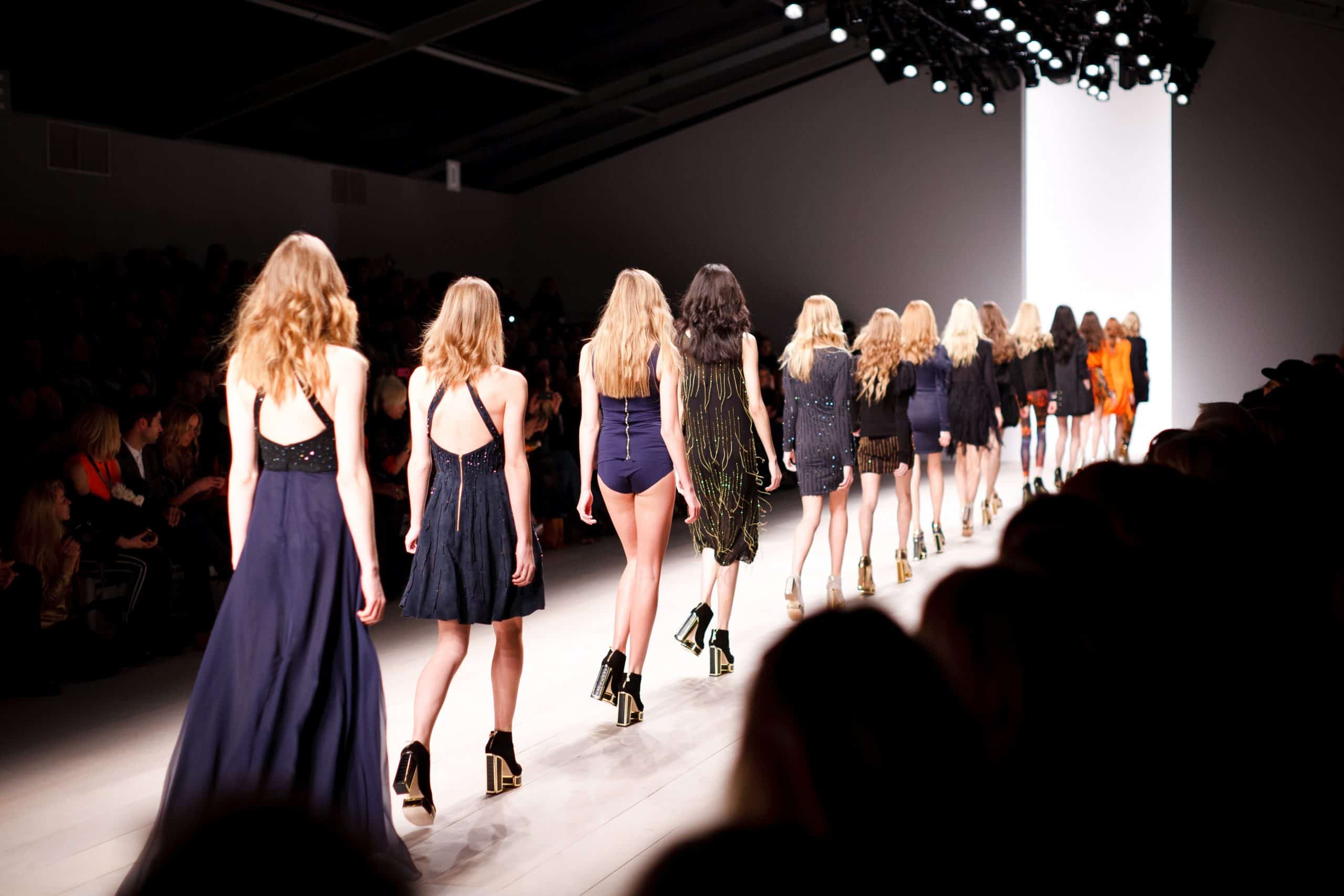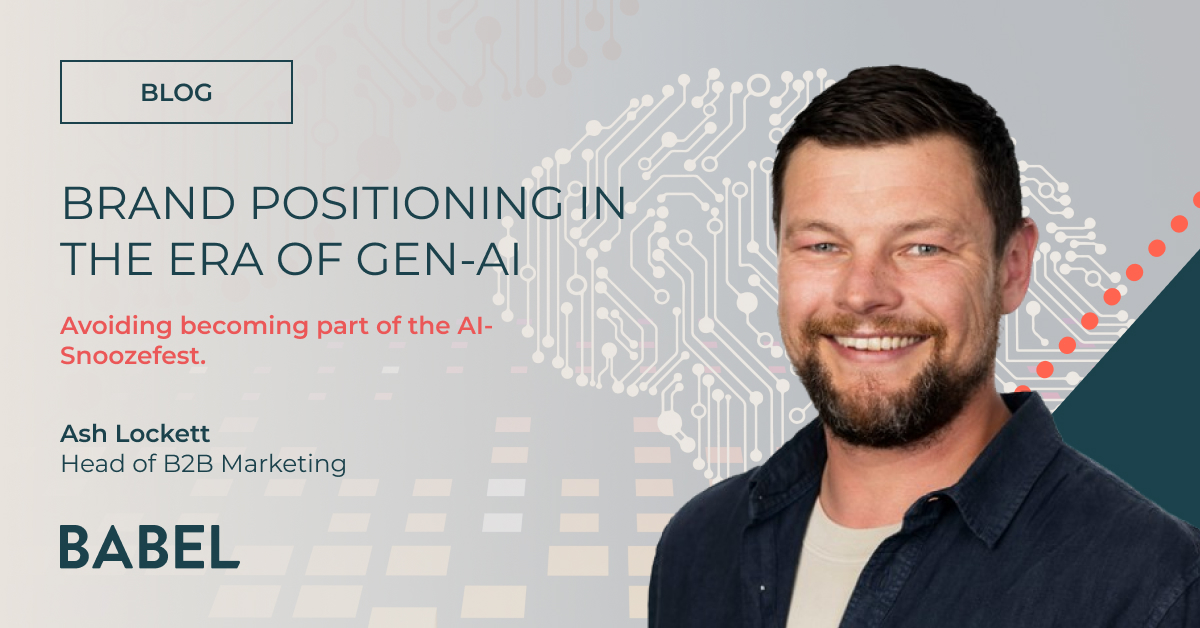
How high fashion is using high tech to deliver new customer experiences
Fashion has always been a hotbed for innovation, and has traditionally harnessed the latest in tech and industry developments to better business outcomes. The mills of the industrial revolution transformed production and manufacturing, whilst the internet has done the same for marketing and the customer experience.
Today, technology continues to transform fashion. Have you seen Burberry’s VR mirrors at its Regent Street store? However, high-end fashion companies haven’t exactly been quick to incorporate technology, perhaps due to the fact that much of this industry’s branding is based on heritage, exclusivity, limited quantity and intensive, traditional crafting methods. Compare this with the stack-them-high, sell-them-quick, mass-market appeal of pure-play e-commerce brands and online shopping.
It’s only in recent years that luxury brands have awoken to the power of technology to improve the shopping experience, revive sales and give them an edge over competitors.
Take Gucci, which has worked extremely hard to incorporate technology into its brand. Gucci closed out 2017 with its most profitable year on record and comparable sales rising 45% in the fourth quarter. Creative Director, Alessandro Michele, has successfully used technology and digital transformation to reach new audiences – and new growth figures. Here’s how the lines were blurred between high tech and high fashion.
Gucci’s Fall/Winter 2018-2019 fashion show had people turning their heads for all the right reasons. The Cyborg show took place in what appeared to be a surgical theatre, complete with operating tables and mint-green décor. Models were portrayed as trans-human creatures: one grew a pair of horns, others carried animals, and one had a third eye on her forehead. The concept of the cyborg, which blurs the boundaries between human and machine, was transferred from technology and science-fiction to mainstream apparel.
In another tech-inspired move, Gucci recently launched its ‘Gucci Hallucination’ campaign, a collaboration with artist Ignasi Monreal to promote its Spring/Summer 2018 collection. Using AR and VR, the campaign used Renaissance artworks as inspiration, putting a new spin on Old Masters paintings via video and digital effects. Scenes included impeccably-dressed mermaids and women in clouds fishing for airplanes. The video concluded with Monreal stepping into a painting of a picturesque lily-covered pond to help a beautiful woman dressed in a gold sequinned Gucci dress out of her watery grave.
The campaign also featured in-store AR and VR installations, which allowed consumers to become part of the campaign rather than just bystanders. Stickers located on shop windows throughout the world could be scanned using a smartphone to give shoppers access to an assortment of Gucci products and Monreal illustrations. This was also extended to print media, with a variety of publications featuring scannable ads revealing 3D pages with special AR effects.
Gucci has raised the bar with its technology and digital transformation strategy, giving customers a new, exciting brand experience by merging technology and fashion. Like the fantastical human cyborgs at its fashion show, the line between these two industries are becoming more progressively blurred. AR and VR have provided opportunities for some of the most traditional and historic fashion brands to play among the most modern and cutting-edge, by providing new ways to interact and engage with customers.





